Curated OER
Population Counts
Young scholars investigate the analytical processes used to interpret the 2001 Canadian census. They examine the population statistics and trends.
Curated OER
Population Dynamics
Learners watch a video on population dynamics. They conduct an experiment where they fill up a designated space with students. They recreate multiplying rabbits using beans.
Curated OER
MAPPING A RESEARCH SITE AND COLLECTING AND PRESENTING POPULATION DATA
Sixth graders are to answer research questions based on data they collect.
Curated OER
People, Goods, and Railroads
Students compare population distribution and density railroad network in 1878, identify areas of expanding population density, and evaluate geographical and economic factors that influenced railroad expansion in late 19th century United...
Curated OER
Border Math
Students examine and interpret data relating to U.S.-Mexico borderland realities, and consider such aspects of social science as the study of population, crime, government spending, pollution, health, and economics.
Curated OER
Census Data and New Hampshire History
Students graph the population growth of New Hampshire using historical census data.
Curated OER
Ecosystems
Sixth graders perform various labs, create presentations, and do hands on activities to explore the ecosystem.
Curated OER
Our World A Complex Eco-system
Sixth graders set up an ecosystem, investigate conservation techniques, develop an action plan for conservation, and various other activities to explore the ecosystem.
Curated OER
How Much is There to Eat?
Students research population and food consumption rates for different areas of the world.
Curated OER
Getting Out of the Box
Pupils define stereotype, discrimination and prejudice. They brainstorm a social action plan to heal racism.
Curated OER
Chesapeake Bay Population Studies
Learners use quarter meter2 quadrant to determine population density, relative density, frequency, relative frequency, calculate diversity index, and establish correlation of association between any two species.
Curated OER
Fish and Oxygen
Learners explore what factors affect population dynamics, identify factors affecting fish populations, and use Stella to model how dissolved oxygen affects fish populations.
Curated OER
Migration
Young scholars read sections from the Migration Issue Brief concerning why migration happens and the economic and cultural effects of migration. They study about the immigrant population in their own community.
Curated OER
Variations
Sttudents examine populations of living things and identify variations in physical features.
Curated OER
Lesson 3: Understanding Population Growth
Students explain population growth in Maryland and its relationship with age structure, household growth and consumption of land.
Curated OER
Maui: People, Places and Patterns
Students predict patterns of growth on the island of Maui, complete a research paper on Maui using one of the geographic perspectives, and share their findings with others through an oral and written report.
Curated OER
Too Many People Coming a Little Too Fast
Students learn what happens when a city's population grows too rapidly for the city to accommodate it. They examine and discuss examples of cities growing rapidly today, what problems occur with rapid growth, and ways to solve these...
Curated OER
The World Population Explosion
High schoolers are introduced to some of the fundamental questions about the connections among population, resources and energy use, and environmental impacts. They explore population growth, interpret a line graph and calculate their...
Curated OER
Population Ratios
Students access web site and record various population statistics pertaining to a county in the USA of their choice. They use this data to set up and solve ratios. They compare data to make meaning of the numbers.
Curated OER
Mapping the changes in Canada's population
Students find and analyze data found in the census. They compare the population from 1996 to 2001. They explore the type of data they can find in the Census of Population.
Curated OER
Distribution of children living at home
Young scholars examine census data to evaluate the number of students of certain ages living at home. This data is then used to determine the need for day care, or other social programs. They use this information to explore social policies.
Library of Congress
Loc: Germany
The political landscape in imperial Germany with its six parties (founding of the SPD) and their leaders. The struggles with Bismarck's rule are described. In the second part of the page, economy and population growth are discussed.
University of Oregon
Basics of Exponential Growth
A site for exponential growth as it applies to population, resource consumption, polution.
United Nations
Unpi: World Population Ageing 1950 2050 [Pdf]
Graphically displays the growth of the world's population with projections for 2050. Study's changes in such statistics as median age for particular countries, age demographic shifts, and the disparity between "developed" and...









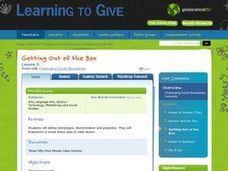


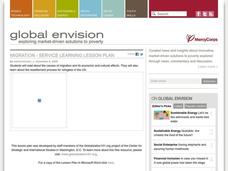





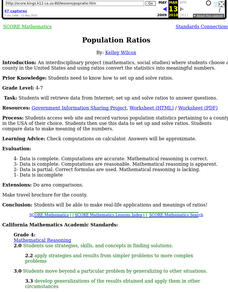




![Unpi: World Population Ageing 1950 2050 [Pdf] Handout Unpi: World Population Ageing 1950 2050 [Pdf] Handout](https://d15y2dacu3jp90.cloudfront.net/images/attachment_defaults/resource/large/FPO-knovation.png)